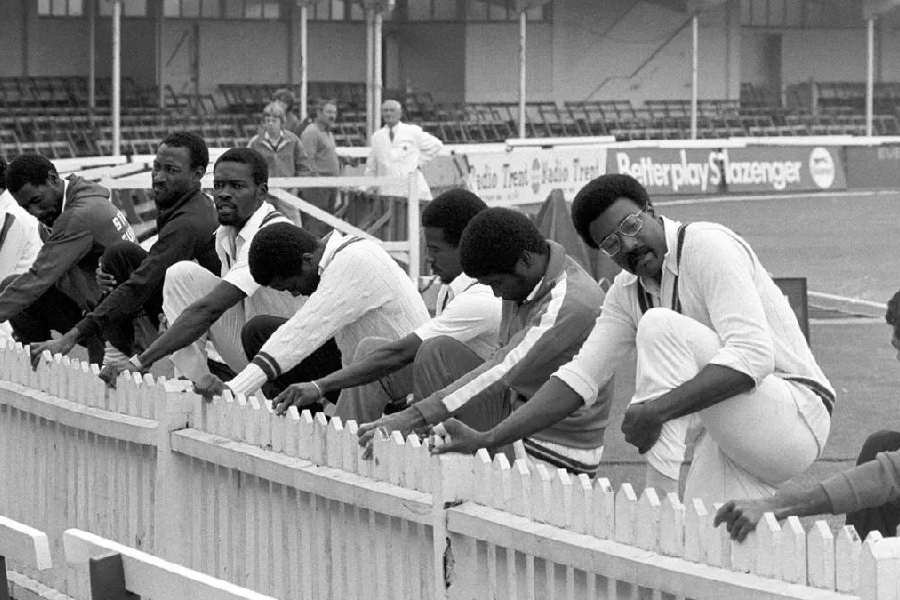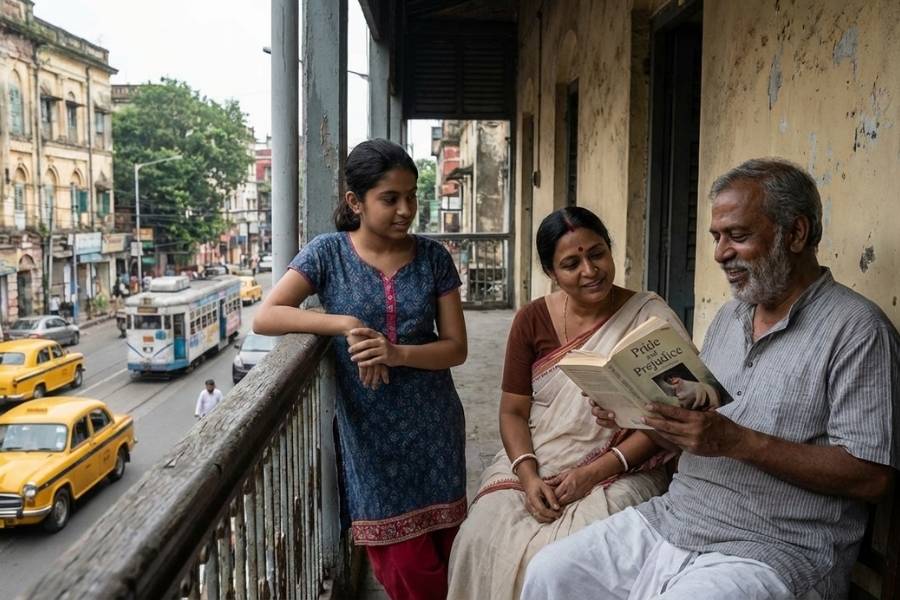There is no game like cricket.
At its elite level, it is played in multiple formats as long as five days and short as ninety minutes in widely-dispersed countries with a minimally regulated bat, no standard ball, and a great variety of playing areas. The pitch length is the English statute chain, first measured four hundred years ago: enchantingly, this seems perfect, kinaesthetically and ballistically.
Sometimes, however, that uniqueness is not an unmitigated good, for its international system is hopelessly out of balance.
Cricket’s audience is most densely sewn in one country, India, which, as a result, is its chief commercial engine and could in one scenario be to where it contracts. Certainly, the global game’s chief challenge is negotiating that Indian precedence to general betterment.
The latest stalking horse is the tiering of Test cricket, the game’s longest, most complex, and most difficult format, into two, replacing a World Test Championship league of nine plus three stragglers with two divisions of six.
It is being promoted by Cricket Australia, which sees it as a means to rationalise a cricket calendar over which the best talent is ever more thinly stretched, and explored by the International Cricket Council, which has appointed a “working party”, including its new CEO, Sanjog Gupta.
It is stating the obvious, however, that the Board of Control for Cricket in India will exert the greatest sway in the deliberations because the plan is being sold with the kicker of a T20 Champions League from which it will be the chief beneficiary.
In some senses, of course, this would merely systematise what already exists.
Test cricket has effectively been tiered for at least two decades: there has been the Test cricket involving India, highly lucrative because it comes with a captive audience of eyeballs, and the Test cricket that doesn’t, which, with the exception of the Ashes, struggles commercially.
Generally speaking, when a trend is adverse, you seek to reverse it, not to reinforce it. As it is, the first tier will need to convince those designated for the second tier that more of the same will be for the better, not worse. Hey, you’ll be starving, but look on the bright side — being slim is so fashionable!
They will not be helped arguing this case by the ascertainable reality that they will be making out like bandits, playing each other more often than they do, which is already a lot and arguably too much, and running the Champions League with ICC as a minority shareholder.
The perception will be that India, Australia and England are simply pulling up the ladder after them — the continuation of a process that began with the Big Three ‘reforms’ of 2014.
This is a pity because were we starting with a clean sheet of paper, two tiers of Test cricket might well be what we arrived at, at least if the genuine jeopardy of promotion and relegation was involved.
The current World Test Championship, in which the nine rivals play only six opponents, is a muddled compromise. That it has produced some stirring cricket — three winners, not one of them India, just saying — is a comment on the abiding brilliance of the format, not the genius of the organisers.
But, on its face, believing in a two-tier Test championship promoted by India, Australia and England is like accepting the One Big Beautiful Bill Act on the word of Donald Trump: honestly, it’s in everyone’s interests for a majority to be left poorer in order that billionaires become much, much richer.
So it’s not going to be as simple as clefting the Test world in twain. If the structure is not simply to kill off Test cricket outside a self-advancing six, some redistributionist mechanisms, such as pooling of revenues and direct supplements, will need to be included.
I know: but ‘the market’, right? Seriously, elite interests never reveal themselves. They hide behind the phoney demos of ‘the fans’, ‘the people’, ‘the consumer’, and ‘the market’, sanctified and infallible.
In talking about the game’s ‘tough choices’ last year at Lord’s when he was CEO of JioStar, Gupta likened Test cricket to a phone: “Blackberry disappeared at some point. It was a device that all of us had, it was a device that all of us were in the habit of using, then it disappeared, and it was replaced by another product.”
Actually, that’s a hard no. Very few of us ever had a Blackberry, which was technology that rose, fell and disappeared in a decade. The analogy with Test cricket, approaching its sesquicentenary was laughably poor.
Or it would have been laughable had the audience not nodded so earnestly. For this is the kind of vacuous, there-is-no-alternative corporate babble — everything being a ‘product’, everything having a price, everyone being for sale — that passes for insight in the parlours of power today.
Every time cricket’s thought leaders invoke ‘the market’, it’s to point to the Indian Premier League, as though ‘the market’ conjured into being a billion-plus people with more than a century’s deep emotional investment of cricket rather than this being the colossal, historic endowment on which the league was built. They also sidestep the market’s tendency to prodigalities, to waste, to moral squalor, and to collateral damage. For the last, consider this. Fifty years ago, the West Indies were global champions, winning the inaugural World Cup. For twenty years they dominated Test cricket, producing giant after giant. It wasn’t ‘the market’ that wrought that: it was skill, culture, pride, character, romance. We still talk about it — sadly.
Because the West Indies today models the spiral to oblivion precipitated by unbridled market forces: a tiny, poor, neglected corner of the world which over generations turned itself into one of sport’s most inspiring stories but which has been destroyed in a single generation by capital’s iron logic, deserted by its best players, abandoned by its fans, tormented by its heritage.
That’s instructive, I think. Because Test cricket isn’t just one format among many, still less a ‘product’. Where it is strong, the game is strong. Where it is weak, it is indicative of sickly roots and/or barren soil.
The West Indies won a T20 World Cup as recently as 2016. But their declining Test fortunes have been the salient indicator of Caribbean cricket’s underlying health. They’re earmarked for Test cricket’s second tier. Given their trajectory, who’d want to be there with them?
The irony is that the IPL’s success lies in something that international cricket has come to lack, which is a competitive balance. The market forces are cannily restrained. Everyone spends the same. Everyone plays the same number of games. Everyone has the same size squad, can field the same number of internationals. Everyone feels
they are in with a chance. Everyone can win.
You want Test cricket to prosper? The IPL provides the formula: it needs to be more equal not less.
Gideon Haigh has been a journalist since 1984 and has published 52 books. The latest is Indian Summers (Westland)











